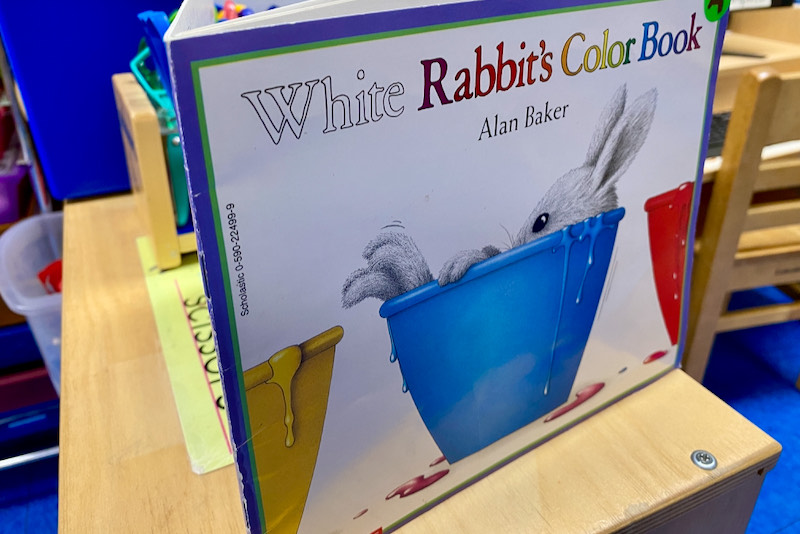What do you get when you mix ice cubes, paint, brushes, water, baby oil, glitter, soap, and a room full of curious children? You get fun, experimentation, learning, and class projects. Yes, there was a little bit of mess, but it was all worth it for the lessons learned.
Recently, our 3K scholars used their investigative skills in class by using their sight and tactile senses to explore the materials and learn the lesson. First, we read the book “White Rabbit Color Book” by Alan Baker, where White Rabbit explores the magic of color with surprising results. Our scholars explored their magic of colors by mixing red and blue paint together to achieve a vibrant purple color.
The scholars practiced their fine motor skills by holding and maneuvering the paint brush. They also practiced coordination by using one hand to hold the plate still while mixing with the other hand. Their faces were aglow with joy as they watched the two colors blend into something new.
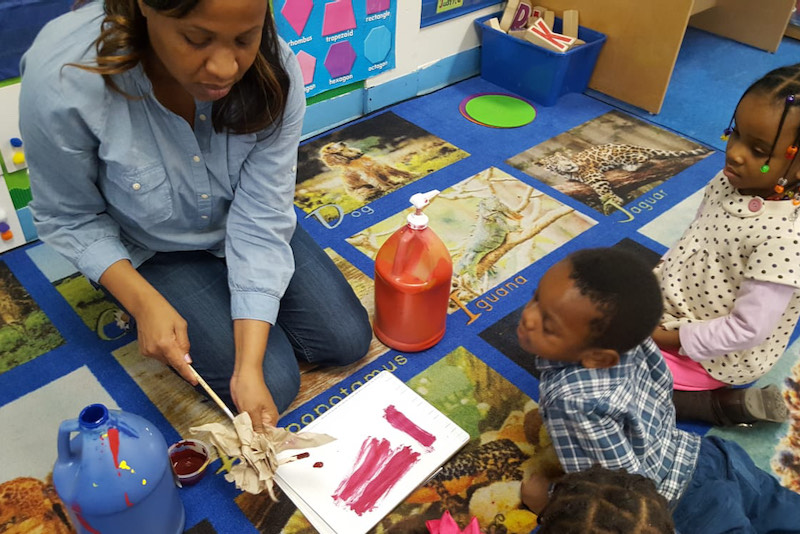
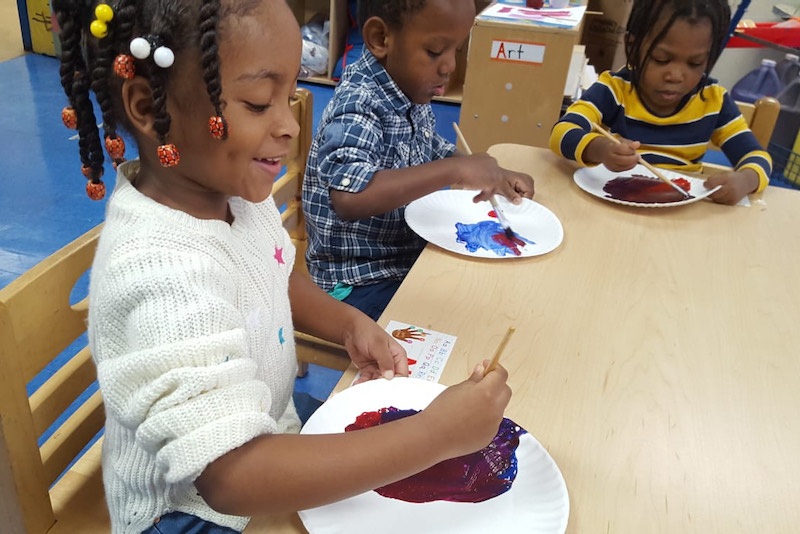
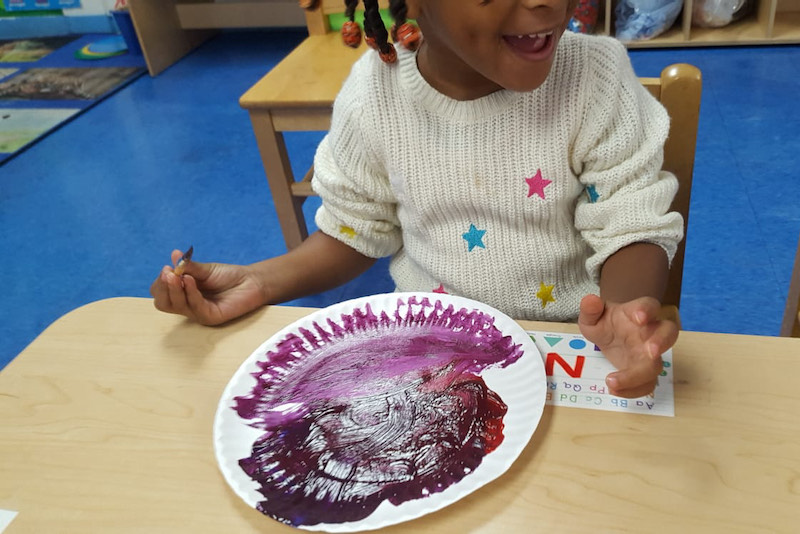
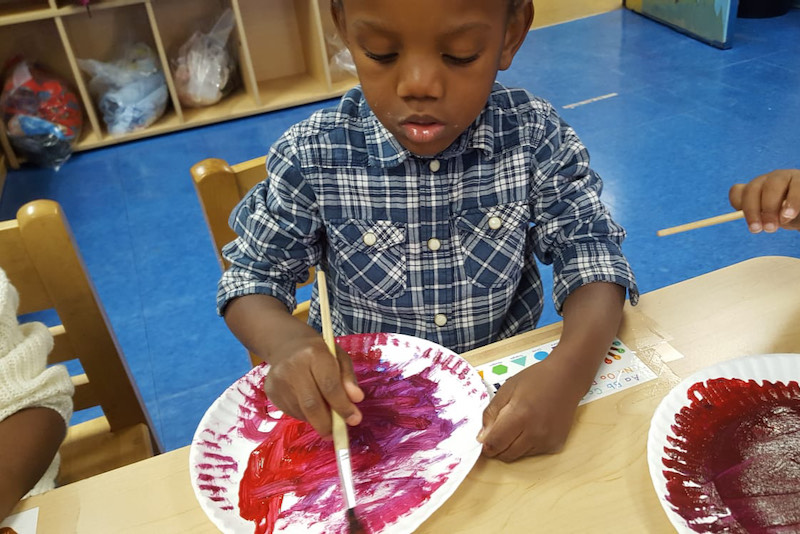
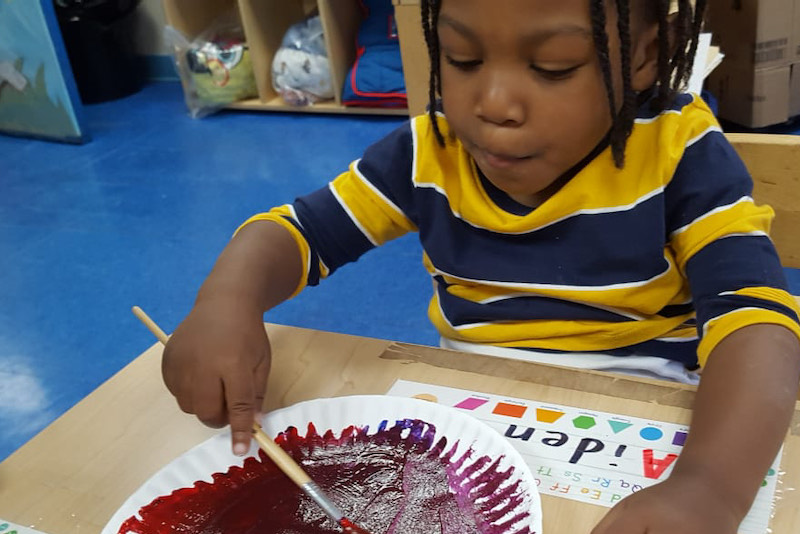
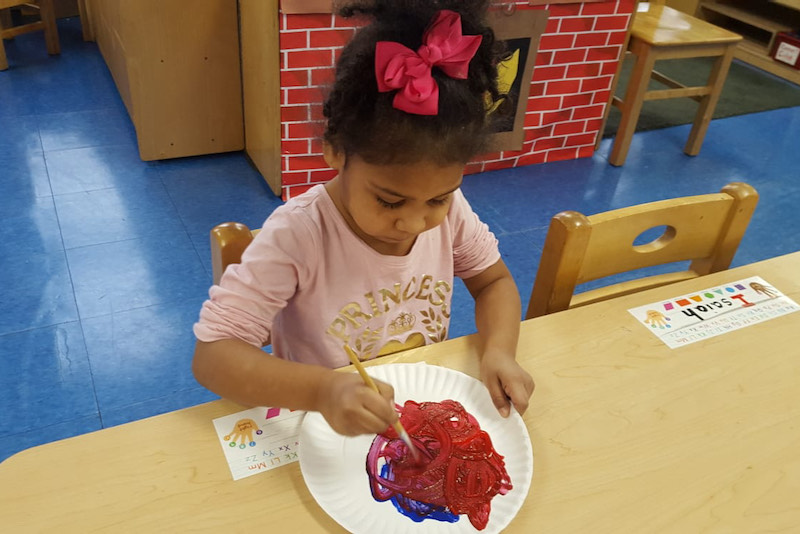
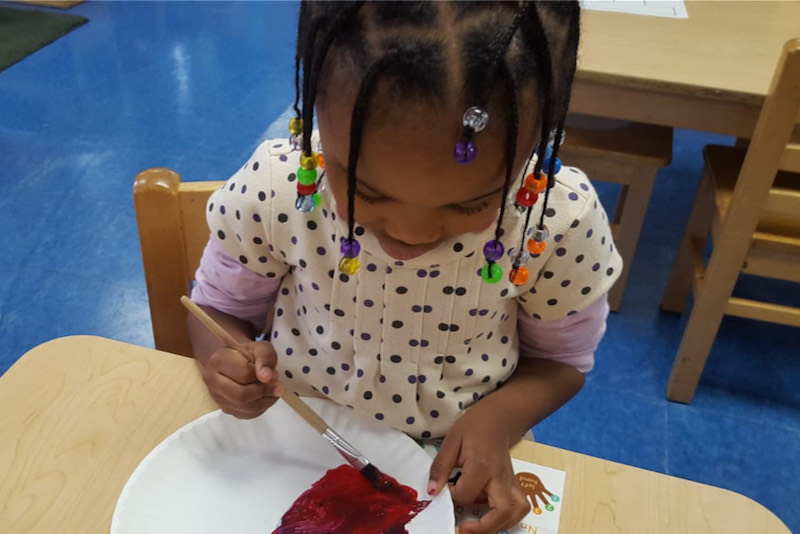
Second, we made a sensory bottle using water, blue food coloring, baby oil, glitter, and a variety of materials that we added to the bottle. Sensory bottles address a wide range of skills and concepts and can be adapted to meet the needs of the children using them. Some children use sensory bottles as a calming tool, while others are simply fascinated with the soothing visuals seen and the sounds heard when all of the materials mix and play as the bottle is moved around.
During this project, our scholars used their social skills (sharing, communicating, and problem solving), scientific inquiries (sink and float, observation), and sensory skills (visual, auditory, and movement) to complete their tasks.
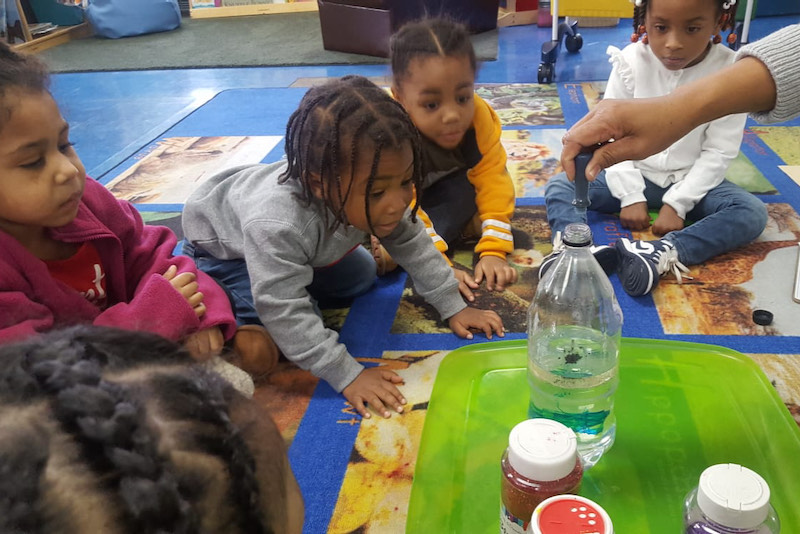
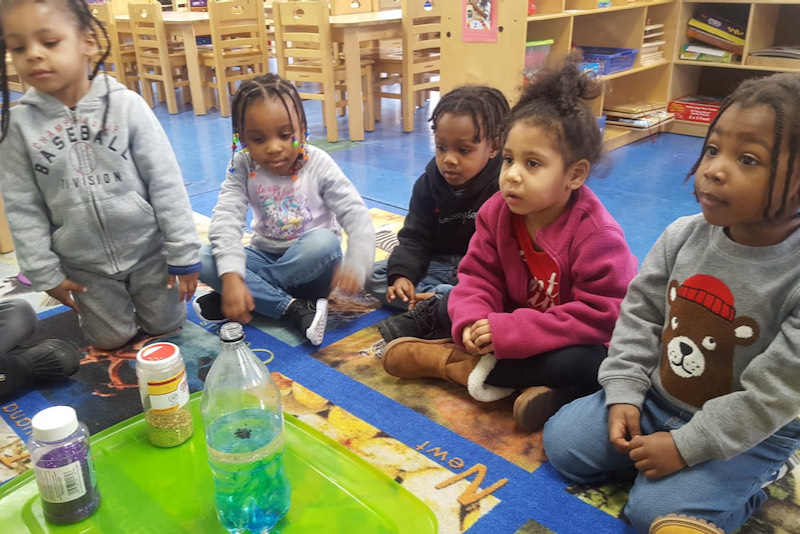
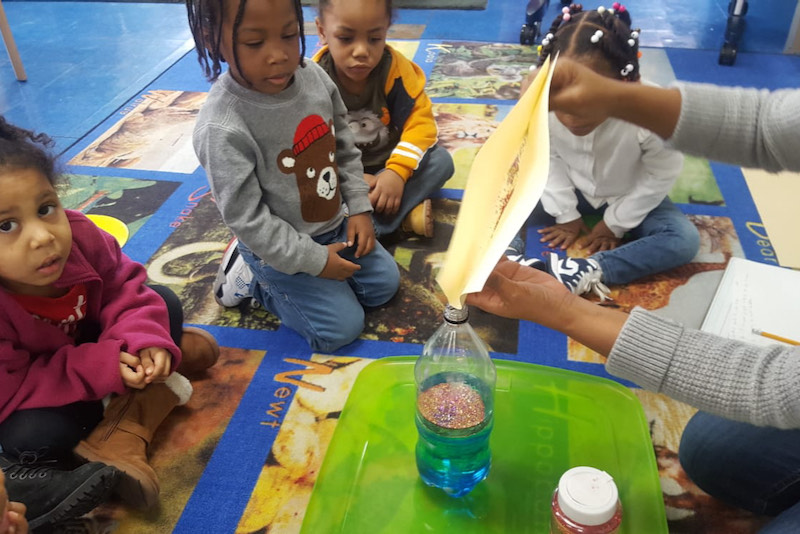
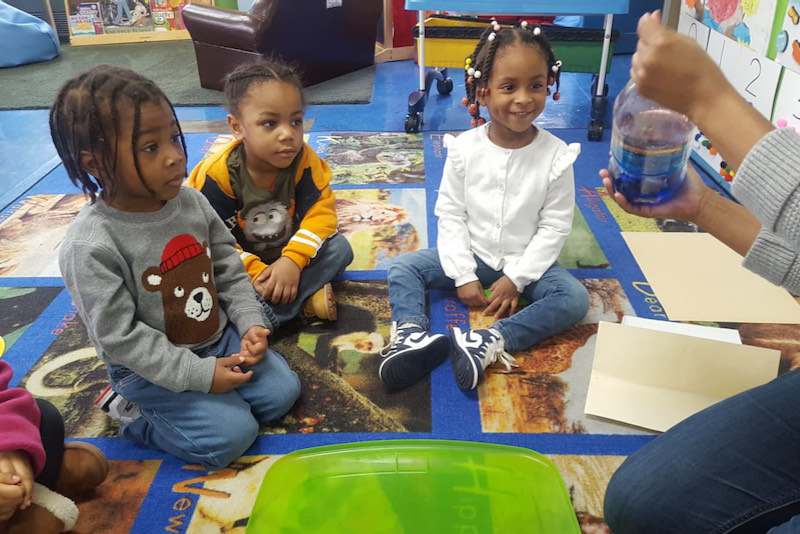
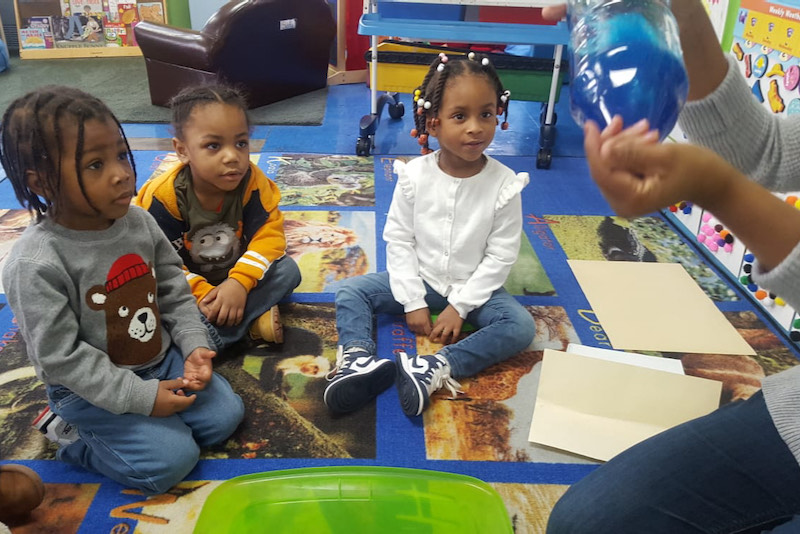
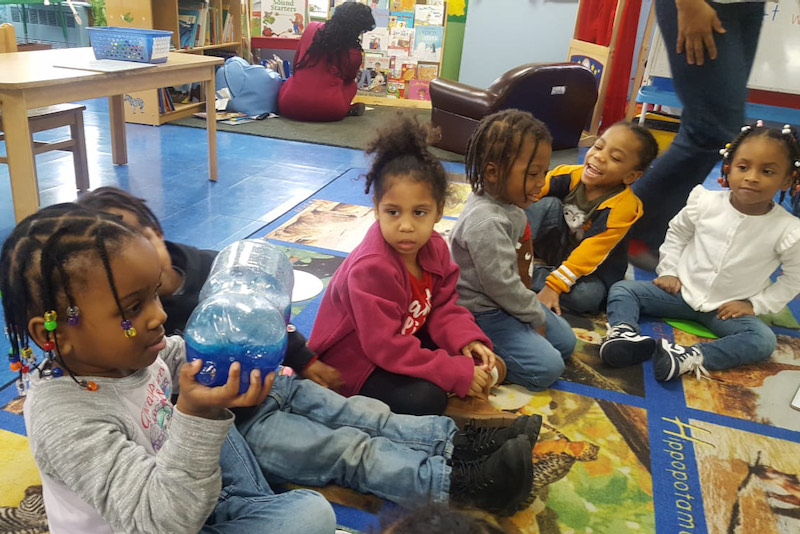
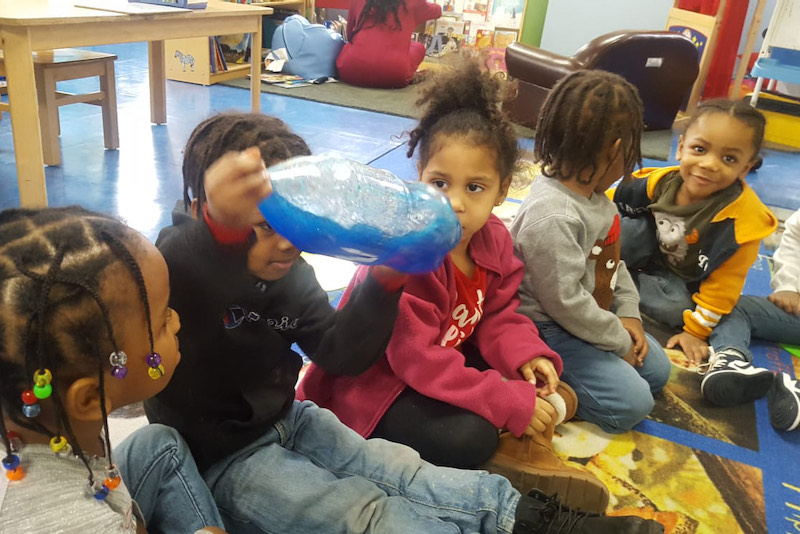
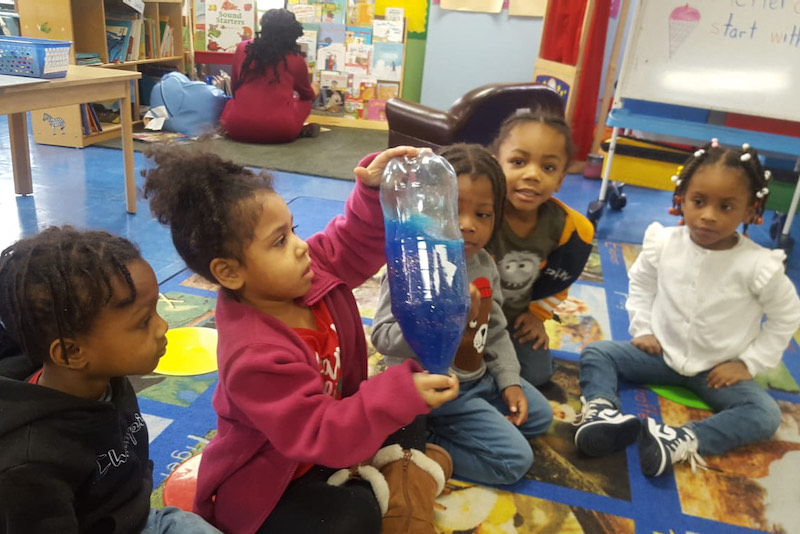
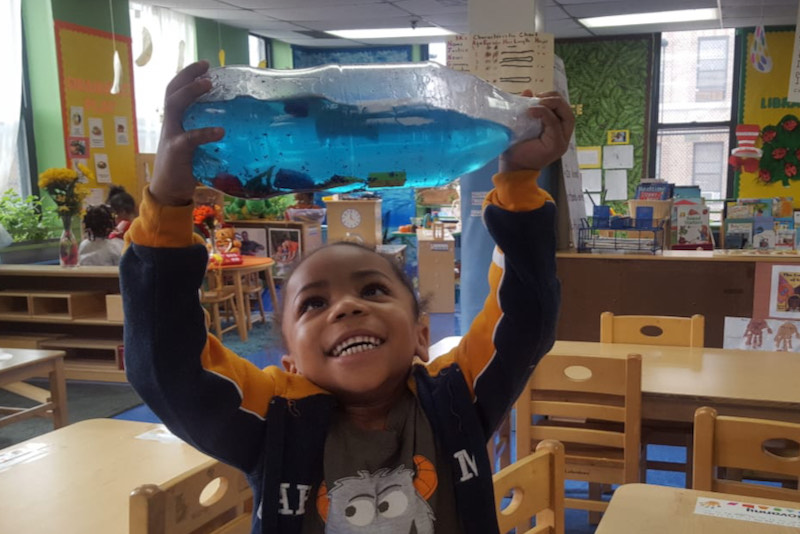
Third, we investigated what happens when ice cubes are placed into a glass of water. We heard a variety of answers from our scholars, such as, “it will get cold”, “it will melt”, and “it will mix.” Our scholars took turns holding the ice cube and described how it felt in their hands. Some of our scholars couldn’t help themselves—they had to use their sense of taste in this activity! Our scholars sat patiently waiting to observe what would happen.
We concluded that the ice cube melts when it is placed in a glass of water, with a loud “it melted, the ice cube melted!” from our scholars.
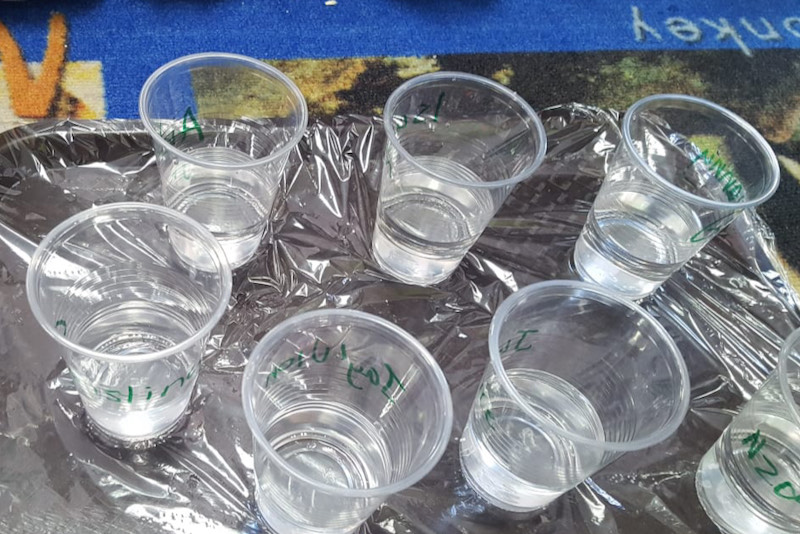
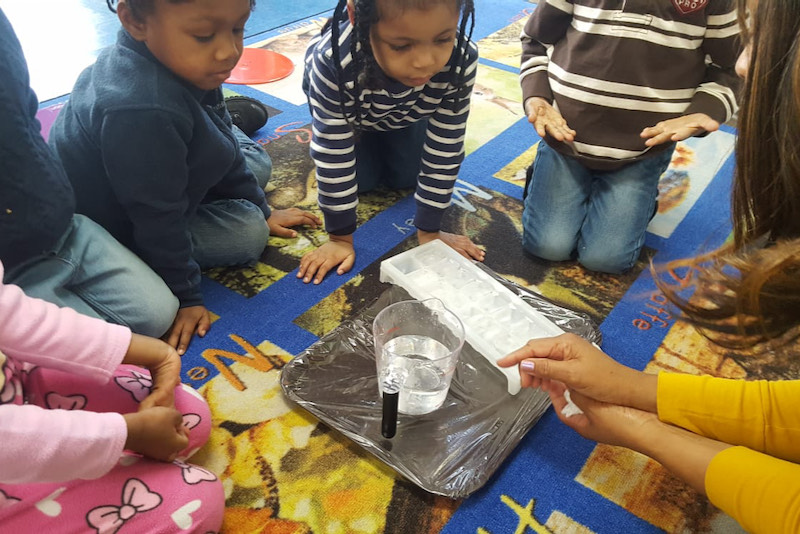

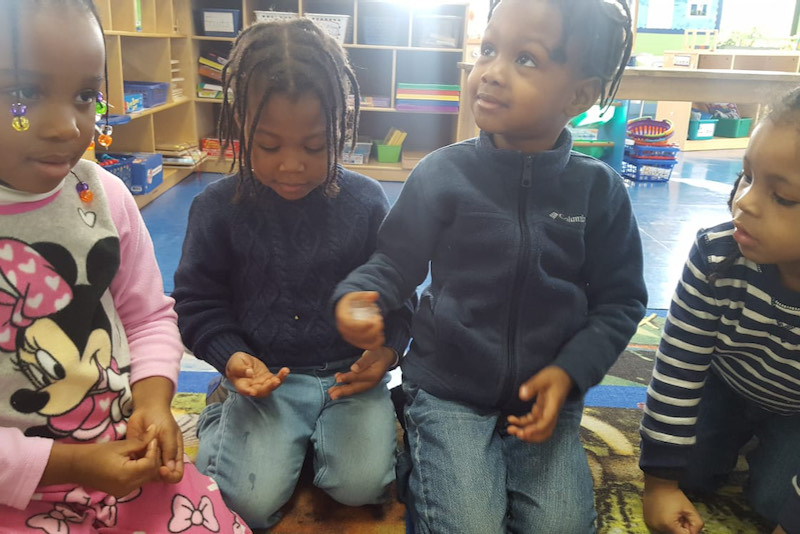
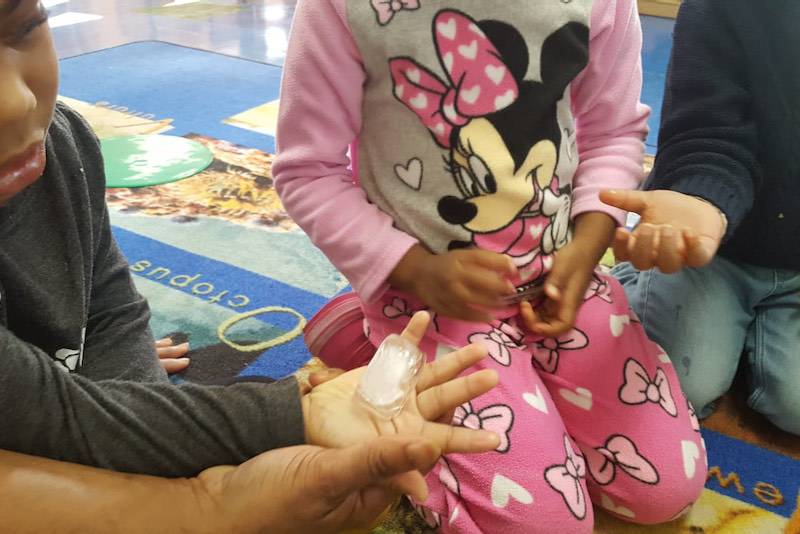
Fourth, we explored the elements used for making bubbles: warm water, blue Dawn dish soap, and sugar. Our scholars assisted in combining all the elements together to make bubbles. After concluding our experiment, it was put to the test by having fun blowing bubbles.
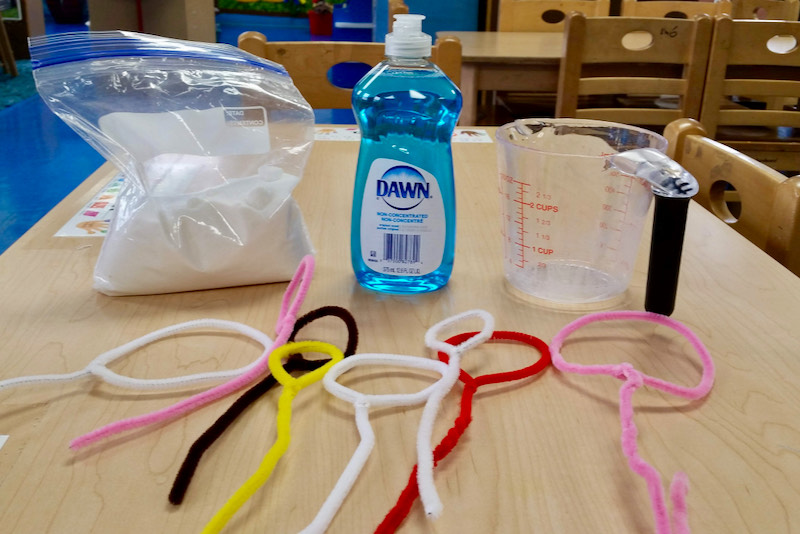
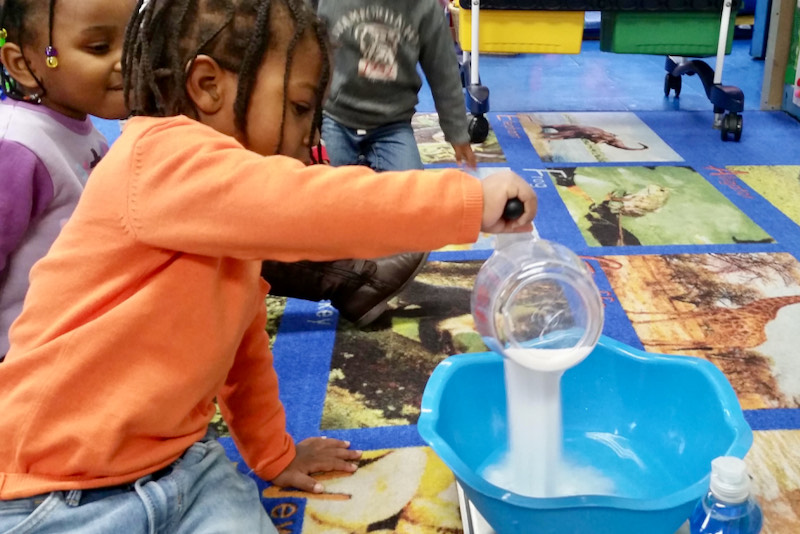
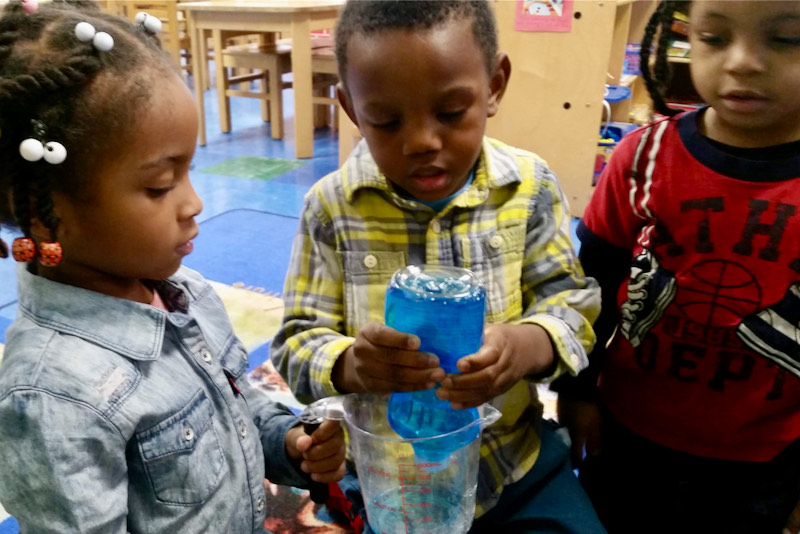
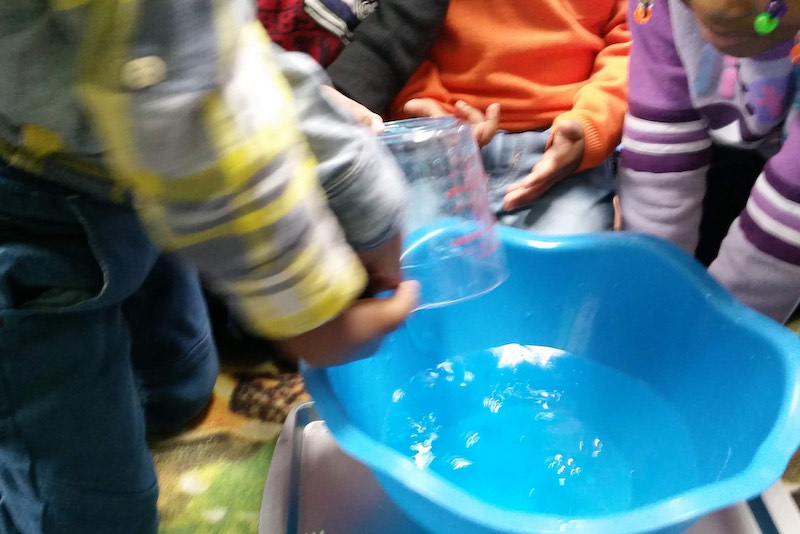

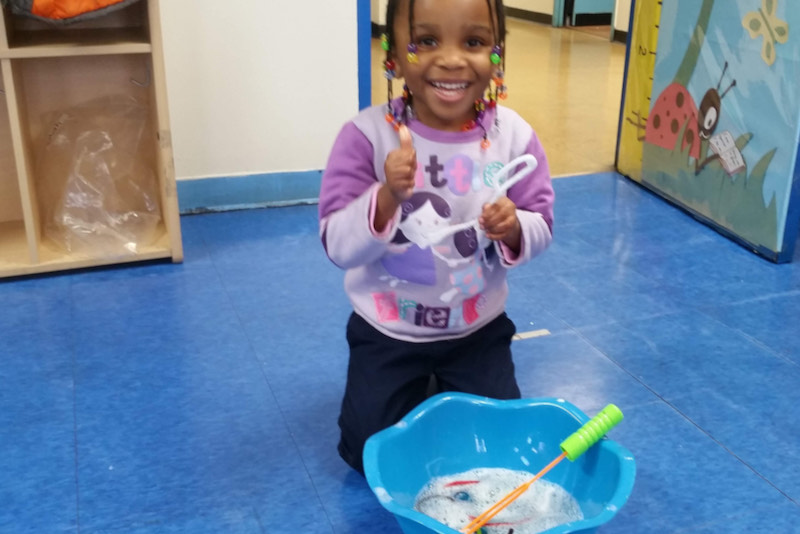
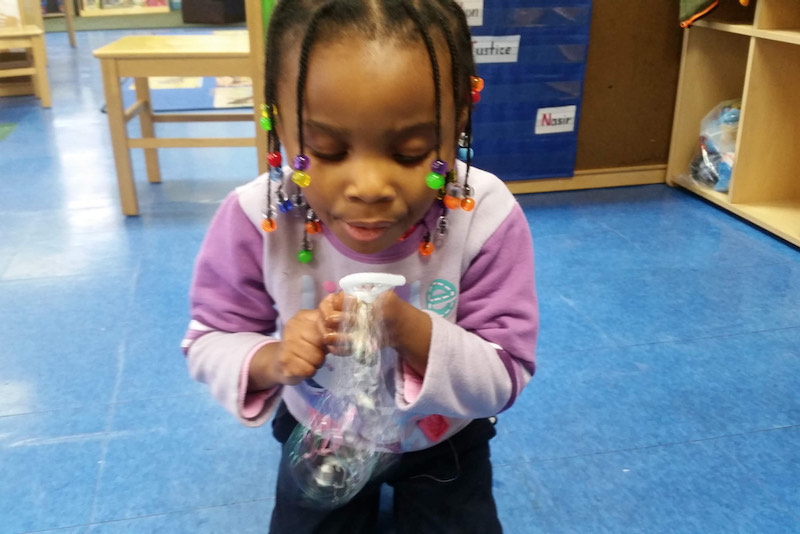
Remember, children learn best through play. They use their senses to explore the materials and absorb information in a way that works best for them. Give them time to have fun, experiment, and learn.
